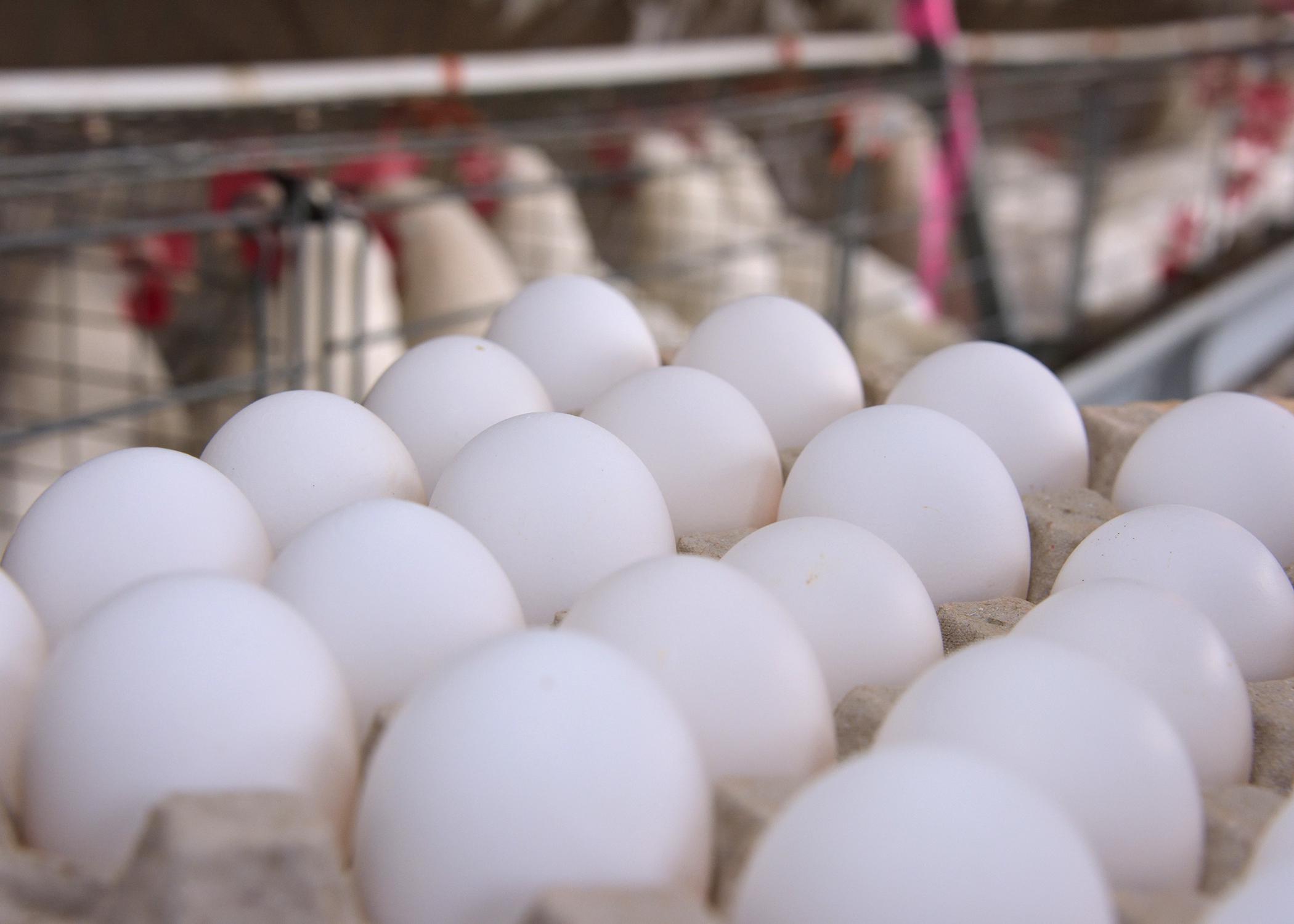
oultry is big business in Mississippi, and poultry producers are having to manage disease and high feed costs to produce the meat and eggs that Americans consume in great quantities.
Poultry is the most consumed meat in the U.S., according to the U.S. Department of Agriculture, followed by beef and then pork. Eggs are also popular, with Americans eating close to 250 eggs per person each year.
This demand for chicken and eggs drove Mississippi’s poultry industry to a record $3.8 billion value, an almost 50% increase from the previous record of $2.6 billion set in 2021.
Josh Maples, agricultural economist with the Mississippi State University Extension Service, said the industry is important to the state because of the impact it has on the state economy.
“Poultry production is regularly the largest valued commodity produced in Mississippi in terms of value of poultry produced,” Maples said.
Strong market prices for broilers drove the value increase in 2022, along with exceptionally strong egg prices.
“2022 was a very strong year for poultry and egg production, driven mostly by much higher prices than were seen in 2021,” he said. “Prices are forecasted to be lower in 2023 than the high prices seen in 2022. Egg prices in particular have dropped from the record prices seen at the end of last year.”
Jonathan Moon, Extension poultry specialist, said another major challenge recently has been the arrival of highly pathogenic avian influenza, known as HPAI. The loss of about 53 million birds within the last year, including two commercial flocks in Mississippi, limited egg production in particular, driving up those prices.
“About 43 million of those birds were layers,” Moon said. “HPAI has claimed significantly more layers when compared to broilers, and this is attributed to the fact that layers are housed in much higher numbers and also have a longer lifespan and can technically have more opportunities to be exposed to the virus.”
Egg prices have moved down, but Moon said it takes time to build layer numbers back,
“Some people responded to the high egg prices by building their own backyard chicken flocks, but when doing so, one should keep in mind that there is commitment of time to bring these layers into production and also a finical investment in the form of feed, and this may not always be the cheapest option,” he said.
The majority of the state’s poultry industry is located in central Mississippi, including the Macon/Brooksville area and south to southeast, with just a few commercial houses scattered in the northern part of the state.
Mississippi is home to six different poultry integrators: Amick Farms, Koch Foods, Peco Foods, Wayne-Sanderson Farms, Mar-Jac Poultry and Tyson Foods. The state is also home to the nation’s largest egg producer, which is Cal-Maine Foods located near Jackson.



















